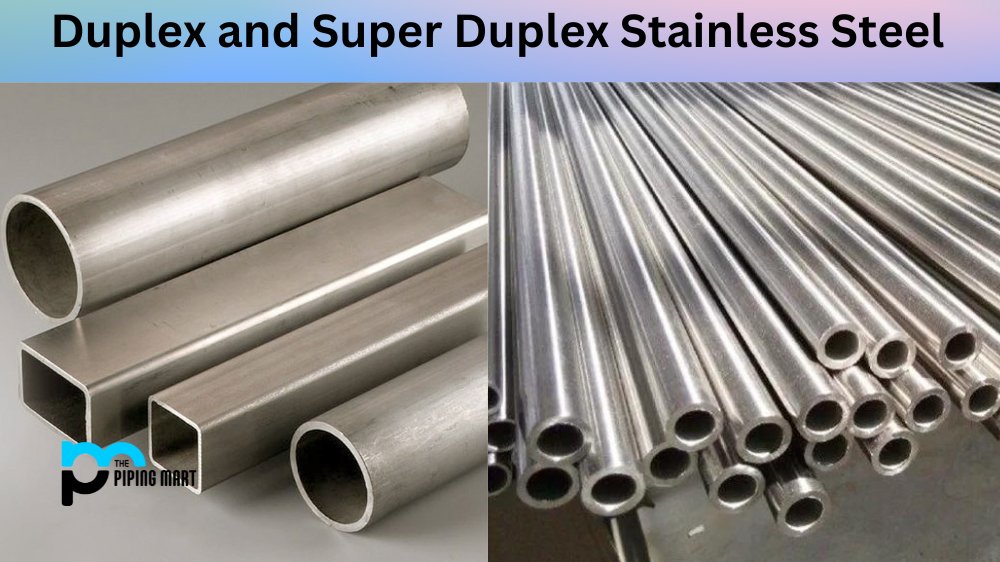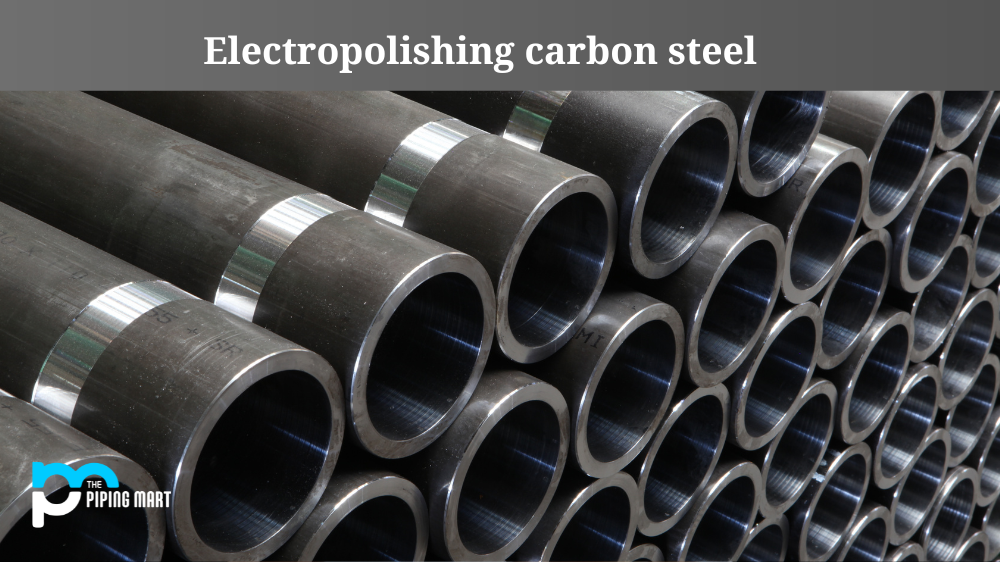When it comes to stainless steel, there are many options to choose from. One of the most popular choices is duplex stainless steel. But what exactly is duplex stainless steel, and how does it differ from super duplex stainless steel? Let’s take a closer look.
What is Duplex Stainless Steel?
Duplex stainless steel combines the properties of ferritic and austenitic steels, offering both strength and corrosion resistance in one material. It is made up of two phases – ferrite (70%) and austenite (30%). The combination of these two phases provides high strength and excellent impact resistance, as well as a high level of corrosion resistance. This makes it an ideal choice for applications such as chemical plants, desalination plants, marine environments, wastewater treatment facilities, bridges, etc.
What is Super Duplex Stainless Steel?
Super duplex stainless steel has all the same properties as a regular duplex but with improved corrosion resistance due to its higher chromium content. This makes it an even better choice for highly corrosive environments such as offshore oil rigs and other harsh environments that are exposed to seawater or acids. It also has a higher yield strength than a regular duplex, so it can be used in applications where strength is a priority, such as bridges or heavy machinery parts.
Duplex Vs Super Duplex Stainless Steel
The main difference between a duplex and a super duplex stainless steel is their content of chromium and nitrogen. While both have similar levels of chromium, the content of nitrogen in super duplex stainless steel is much higher, which contributes to its increased corrosion resistance compared to regular duplex steel. Additionally, a super duplex also has a higher yield strength which makes it more suitable for applications where strength is a priority over corrosion resistance.
Composition
Duplex stainless steel is composed of austenitic and ferritic microstructures, while super duplex stainless steel contains an additional austenitic microstructure. The composition of super duplex stainless steel is typically 25-27% chromium, 7-8% nickel, 3-5% molybdenum, and 0.15-0.45% nitrogen.
Strength
Duplex stainless steel is twice as strong as austenitic stainless steel, while super duplex stainless steel is even stronger. The additional strength of super duplex stainless steel makes it ideal for applications that require high strength and corrosion resistance, such as offshore oil and gas production.
Corrosion Resistance
Both duplex and super duplex stainless steels are highly resistant to corrosion. However, super duplex stainless steel has better corrosion resistance due to the addition of the austenitic microstructure. This microstructure provides superior resistance to pitting and crevice corrosion, making it ideal for use in aggressive environments.
Cost
Duplex stainless steel is typically less expensive than super duplex stainless steel due to the lower nickel content. However, the cost difference between the two grades will vary depending on the specific alloy and supplier.
Applications
Duplex stainless steel is commonly used in a variety of industries, including chemical processing, oil and gas production, papermaking, and desalination. Super duplex stainless steel is typically used in more demanding applications, such as offshore oil and gas production and seawater desalination.
Conclusion:
In conclusion, when deciding between using standard or super-duplex stainless steel for your application, you should consider how important corrosion protection versus strength is for your project needs. If you need excellent corrosion protection, then super-duplex may be the right choice, while if you need more strength, then standard grade may work best for you. Regardless of which type you choose, make sure to talk with an experienced professional who can help guide you through the decision-making process so that your project will be successful!

A passionate metal industry expert and blogger. With over 5 years of experience in the field, Palak brings a wealth of knowledge and insight to her writing. Whether discussing the latest trends in the metal industry or sharing tips, she is dedicated to helping others succeed in the metal industry.




